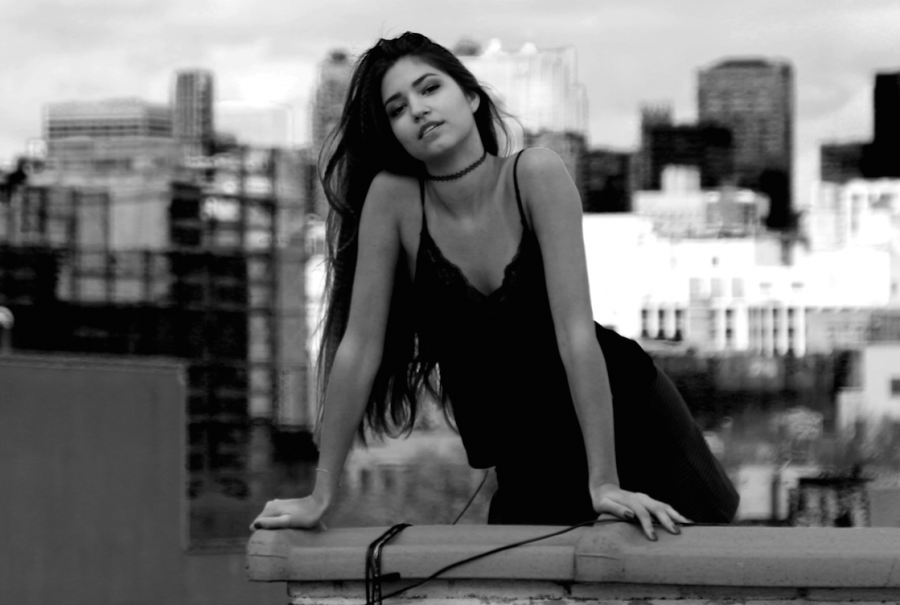Third-Wave Feminism
Third-wave feminists were fed up with the patriarchy, gender roles and sometimes even the second wave of feminism that their mothers learned.
Writer Rebecca Walker is often associated with the creation of third-wave feminism in 1992 when she announced, “I am the Third Wave.” With Shannon Liss, Walker formed the Third Wave Foundation to mobilize young women. She describes in her book “To Be Real: Telling the Truth and Changing the Face of Feminism” the differentiation between second-wave and third-wave feminism: “For many of us it seems that to be a feminist in the way that we have seen or understood feminism is to conform to an identity and way of living that doesn’t allow for individuality, complexity, or less than perfect personal histories.”
Though the second wave and third wave of feminism share many beliefs — like commitment to ending violence against women, expanding reproductive rights and dismantling gender hierarchies — the formation of the third wave was a reaction to some problems of the second wave. While second-wave feminism was often controlled by straight white women, the third wave introduced intersectionality and was committed to representing all races and sexualities.
The third wave refused to fall in line with the thinking of the second on multiple accounts, including the second’s propensity to think all feminists are man-haters and all women are victims in sexual situations. Feminist writer Naomi Wolf encouraged “power feminism” — women could be sexually liberated and still be empowered. Jennifer Baumgardner and Amy Richards also coined “girlie feminism,” which described how women could embrace feminine activities or behaviors and still be feminists. Women could wear makeup, talk about sex, cook and still be feminists.
Bitch magazine, a publication that became popular in the ‘90s, explains, “Today, ‘third-wave feminism’ is often used to describe a kind of companionable, man-friendly, pro-sex, pro–femininity-if-you-want-it feminism that reflects the successes of the second wave’s struggle for equal footing.”
The clothing and accessories we associate with the ’90s — whether it’s grunge or girly — find their roots in third-wave feminism.Part of the reason ‘90s fashion remains iconic is because women with their own senses of style were entering the public eye in entertainment. Female rock stars like Liz Phair, Lisa
Part of the reason ‘90s fashion remains iconic is because women with their own senses of style were entering the public eye in entertainment. Female rock stars like Liz Phair, Lisa Loeb and Courtney Love showed off their own takes on grunge. Even the androgynous Britpop styles of the Spice Girls and girly schoolgirl looks made popular by the character Cher from Clueless made their way into ‘90s feminists’ closets. The sexual liberation and reclamation of girliness that the third wave birthed gave rise for entertainment icons to make more impactful statements with the way they dressed.The Riot Grrrl movement, initially an under- ground feminist hardcore punk movement, became much more than a fashion statement. It spread art, zines and ideas that formed our current conception of feminism and united thousands of young women around the world. The movement was culturally enriching and the way Riot Grrrls dressed reflected the goals of the movement and added to its advancement.
The Riot Grrrl movement, initially an underground feminist hardcore punk movement, became much more than a fashion statement. It spread art, zines and ideas that formed our current conception of feminism and united thousands of young women around the world. The movement was culturally enriching and the way Riot Grrrls dressed reflected the goals of the movement and added to its advancement.
Riot Grrrl icon Kathleen Hanna, of the rock band Bikini Kill, was known for making feminist statements through her own clothing. In an effort to reclaim derogatory words for women, Hanna was often seen performing in her underwear with the word “slut” written across her torso. Hanna also challenged the preconception that women who are the victims of sexual assault are asking for it based on their dress. Hanna wore a dress that said “Kill Me” across the front with the idea that, according to New York Magazine, “If you wear a dress that says ‘kill me’ on it, does that mean you’re asking for it?”
Fashion was not an irreplaceable pillar of third-wave feminism and Riot Grrrl was not strictly a fashion movement. Ideas of representation, intersectionality and sexual freedom are much more important in describing the third wave than any outfit is. However, third-wave feminism did help us form ideas of liberation and it made it okay for us to wear clothes that are sexy, androgynous or attention-grabbing. As long as it makes us feel good, it works.
Email Natalia Barr at [email protected].






















































































































































